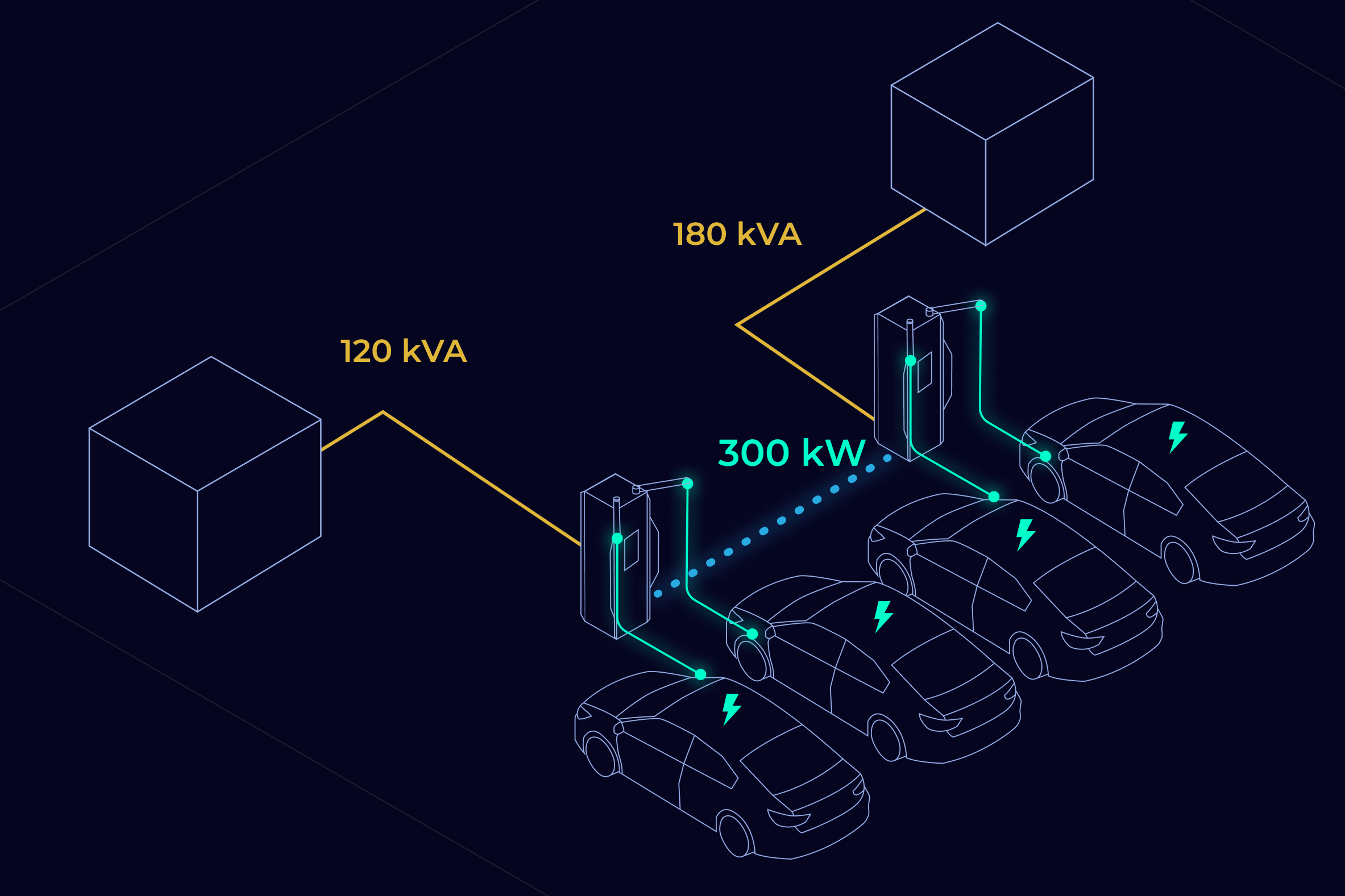Do we really need multiple apps to pay for charging? WILLBERT HAWKe for the rescue

Introduction
As every young market, e-mobility goes through its phases and faces various problems. The ones that concern end users, i.e. electric car drivers, focus mainly on User Experience. During multiple discussions on this matter, the problem of payment for charging sessions, and in particular the multitude of applications needed for travel, is often repeated. Designing WILLBERT solutions, we consider the comfort not only of our customers but also their customers. That’s why one of the modules of our backend system called HAWKe offers the possibility of direct payments to drivers and proper solutions to serve it to Charging Point Operators [CPO].
Electric car technology is evolving month by month. Every now and then we hear about the premieres of new models, and manufacturers outdo each other in the parameters of their products. This development, which goes hand in hand with the expansion of the fast charging infrastructure, makes it possible to realistically plan long journeys by electric car. This is where EV drivers have to pay for fast charging sessions on the road, often in different countries.
How do EV drivers pay for charging?
Currently, the most common way Operators arrange this on their networks is by using a mobile app for drivers. To use the charger, the driver has to download, install the app and create an account. After logging in, one has to add the payment card details and authenticate. If everything went well, the way to charge is open. The whole process should be multiplied by the number of charging networks along the way, which in the case of international trips can reach dozens. More applications that aggregate individual networks come with help, but if we use a bank card anyway, why not pay with it directly at the charger?
How should EV drivers pay for charging?
At WILLBERT we have answered the question above long time ago so we have implemented direct payments in our backend system. HAWKe, as we called it, within the PayBERT module, offers the option of making payments for charging sessions directly in the terminal integrated into each charger. Drivers can use any bank card or contactless payment on the phone. Before charging driver sets the budget for the charging session and the system blocks this amount on the bank account. After the charging session, he gets the reimbursement if he charged less then expected. In addition, the system supports RFID, which allows one to pay using loyalty and fleet cards.
HAWKe for the rescue for Drivers and Operators
The comfort of use for drivers must go hand in hand with the appropriate functionalities available to operators so that they can easily and effectively handle everything. PayBERT gives them the ability to control and regulate energy prices and fees for occupying parking spot without an active charging session. As a result, the CPO can adjust prices to the current needs of its business any time. PayBERT can also automatically settle payments and invoice drivers on behalf of the CPO. The data necessary for this can be entered by the driver in a convenient way using the charger screen or his own phone, after scanning a QR code unique for each session.
Below you can see a footage from Solar Butterfly team visit to WILLBERT R&D Lab in July 2022. They tested PayBERT system and super-charged their Teslas noticing the simplicity of the whole user experience. Solar Butterfly is solar powered mobile house driving around the World to raise climate change awareness.
On top of PayBERT, HAWKe offers three additional modules to Charging Point Operators. BizBERT is a tool that allows measuring and analyzing the business results of chargers and the entire network. TechBERT is an in-depth technical monitoring system that ensures that the devices are always available. This module can be used by the maintenance partner. AdBERT gives an opportunity to use charger's screens as an advertising space. Connected with an easy-to-use Content Management System can improve marketing efforts of one's brand. More about the HAWKe in the next posts.



